Rhythm and resilience
Khattak dance endures in K-P despite years of violence
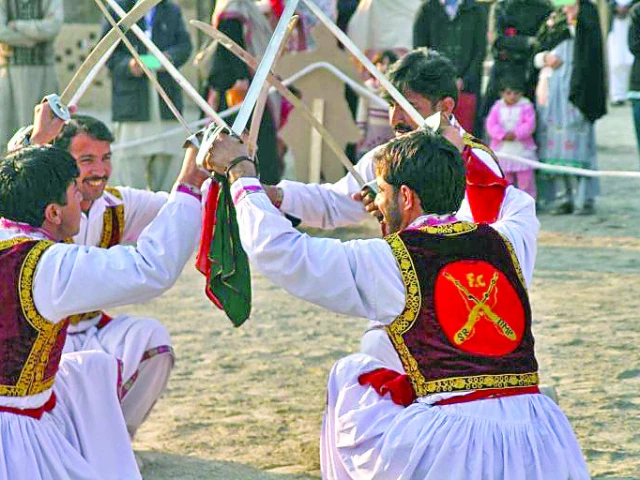
In a province once shaken by years of terrorism, the rhythmic clash of swords and the rising beat of drums continue to echo with pride, spreading warmth across Khyber-Pakhtunkhwa (K-P).
In the rugged plains and hills of the region, the centuries-old Khattak dance, Pakistan's national folk dance, remains defiantly alive despite repeated attempts to silence cultural expression.
Celebrated worldwide as a land of artists and musicians, K-P has preserved this iconic tradition even under the long shadow of extremism. The dance continues to enthral spectators at weddings, births, sporting events and ceremonies welcoming dignitaries.
Introduced by the Khattak tribe in the 14th century, it still holds pride of place in cultural festivities, its fiery essence surviving more than six centuries. "Khattak dance is as old as the history of the Khattak tribe itself," said Bakhtzada Khan, Assistant Director at the K-P Archaeology and Museums Department.
Passing through generations, the dance has inspired forms such as Braghoni, Shahdola, Balballah and Chitrali, all woven deeply into the region's social fabric.
Traditionally performed as a sword-wielding warm-up before battle, the agile movements prepared warriors for combat and celebrated victory. The Mughals and later the British admired the tribe's bravery, and even the poet-warrior Khushal Khan Khattak is remembered for his link to its martial and artistic spirit.
Today, dancers appear in brightly coloured shalwars, frock-style kameezes and embroidered waistcoats, swirling in synchrony to the beat of drums and the piercing cry of the surnai.
For performers like Umar Bacha of Nowshera, the dance demands peak physical fitness. "One needs 100% fitness to perform the Khattak dance," he said. Bacha performs with one, two and even three swords, executing rapid spins and intricate steps.
The routine features five main stages, from the opening Bhangarah to Derabi, Laila and the high-speed Braghoni, where three swords are used - two swung in the air and one held in the mouth. The final step, Bulbullah, is performed without weapons, as dancers sing romantic verses before the tempo surges into an emotional climax.
Despite its cultural importance, the dance — like much of K-P's artistic heritage — suffered during years of terrorism. PML-N Nowshera President Hamza Khan lamented the decline, noting that seven of Peshawar's oldest cinemas were shut and little was done to revive music, film or dance. Yet K-P has produced screen legends including Dilip Kumar, Raj Kapoor, Qavi Khan and Firdous Jamal.
Attempts at revival gained momentum when the former federal government announced incentives for filmmakers, insurance policies for artists and plans for a National Film Studio worth Rs1 billion. Actor Javed Babar believes these measures will help restore KP's cultural landscape.
The dance's allure has long crossed borders; during her 1961 visit to the Khyber district, Queen Elizabeth II was reportedly captivated by its hypnotic rhythm. Cultural experts now say preserving such traditions is essential not only for celebration but also for countering extremism. "Promoting cultural programmes and traditional dances helps counter intolerance," said Bakhtzada Khan. "It changes mindsets and provides healthy entertainment."
He added that reviving the hujra culture could once again strengthen artistic expression and combat divisive narratives. Despite years of violence and upheaval, the Khattak dance endures - its swords still flashing, its feet striking the earth with pride. In every spin and beat, K-P's resilience lives on.

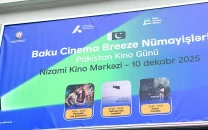
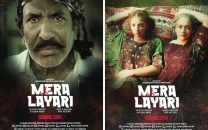



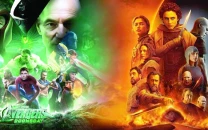

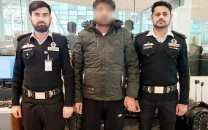
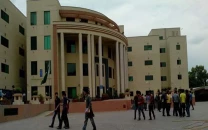
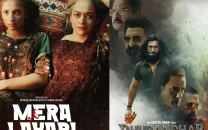
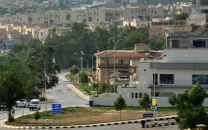

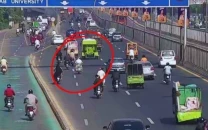
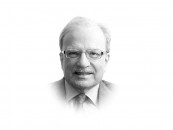

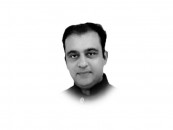

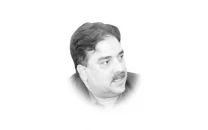
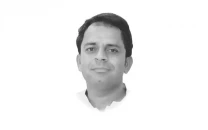
COMMENTS
Comments are moderated and generally will be posted if they are on-topic and not abusive.
For more information, please see our Comments FAQ